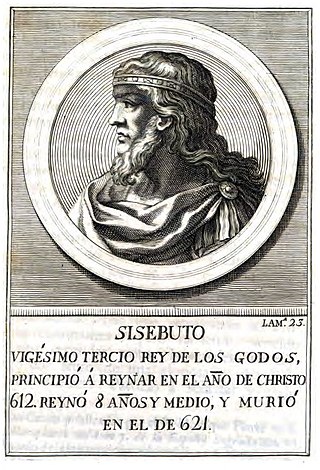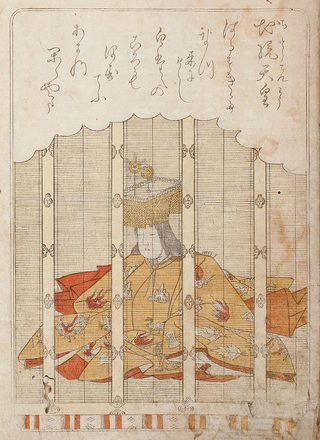The 620s decade ran from January 1, 620, to December 31, 629.

Year 621 (DCXXI) was a common year starting on Thursday of the Julian calendar. The denomination 621 for this year has been used since the early medieval period, when the Anno Domini calendar era became the prevalent method in Europe for naming years.
The 610s decade ran from January 1, 610, to December 31, 619.

Year 840 (DCCCXL) was a leap year starting on Thursday in the Julian calendar, the 840th year of the Common Era (CE) and Anno Domini (AD) designations, the 840th year of the 1st millennium, the 40th year of the 9th century, and the 1st year of the 840s decade.

Year 710 (DCCX) was a common year starting on Wednesday of the Julian calendar. The denomination 710 for this year has been used since the early medieval period, when the Anno Domini calendar era became the prevalent method in Europe for naming years.
The 580s decade ran from January 1, 580, to December 31, 589.
The 590s decade ran from January 1, 590, to December 31, 599.
Year 636 (DCXXXVI) was a leap year starting on Monday of the Julian calendar. The denomination 636 for this year has been used since the early medieval period, when the Anno Domini calendar era became the prevalent method in Europe for naming years.
Year 605 (DCV) was a common year starting on Friday of the Julian calendar. The denomination 605 for this year has been used since the early medieval period, when the Anno Domini calendar era became the prevalent method in Europe for naming years.

Year 603 (DCIII) was a common year starting on Tuesday of the Julian calendar. The denomination 603 for this year has been used since the early medieval period, when the Anno Domini calendar era became the prevalent method in Europe for naming years.

Year 602 (DCII) was a common year starting on Monday of the Julian calendar. The denomination 602 for this year has been used since the early medieval period, when the Anno Domini calendar era became the prevalent method in Europe for naming years.

Year 589 (DLXXXIX) was a common year starting on Saturday of the Julian calendar. The denomination 589 for this year has been used since the early medieval period, when the Anno Domini calendar era became the prevalent method in Europe for naming years.

Year 586 (DLXXXVI) was a common year starting on Tuesday of the Julian calendar. The denomination 586 for this year has been used since the early medieval period, when the Anno Domini calendar era became the prevalent method in Europe for naming years.

Year 588 (DLXXXVIII) was a leap year starting on Thursday of the Julian calendar. The denomination 588 for this year has been used since the early medieval period, when the Anno Domini calendar era became the prevalent method in Europe for naming years.

Year 703 (DCCIII) was a common year starting on Monday of the Julian calendar, the 703rd year of the Common Era (CE) and Anno Domini (AD) designations, the 703rd year of the 1st millennium, the 3rd year of the 8th century, and the 4th year of the 700s decade. The denomination 703 for this year has been used since the early medieval period, when the Anno Domini calendar era became the prevalent method in Europe for naming years.

Year 598 (DXCVIII) was a common year starting on Wednesday of the Julian calendar. The denomination 598 for this year has been used since the early medieval period, when the Anno Domini calendar era became the prevalent method in Europe for naming years.

Year 591 (DXCI) was a common year starting on Monday of the Julian calendar. The denomination 591 for this year has been used since the early medieval period, when the Anno Domini calendar era became the prevalent method in Europe for naming years.
Year 580 (DLXXX) was a leap year starting on Monday of the Julian calendar. The denomination 580 for this year has been used since the early medieval period, when the Anno Domini calendar era became the prevalent method in Europe for naming years.
The 600s decade ran from January 1, 600, to December 31, 609.

Baddo (Bauda) was a Visigoth queen consort by marriage to King Reccared I (580–601). She is the only Visigoth queen consort known to have signed official state documents and church documents, which signifies that she played a role in politics and had some influence over the government.












